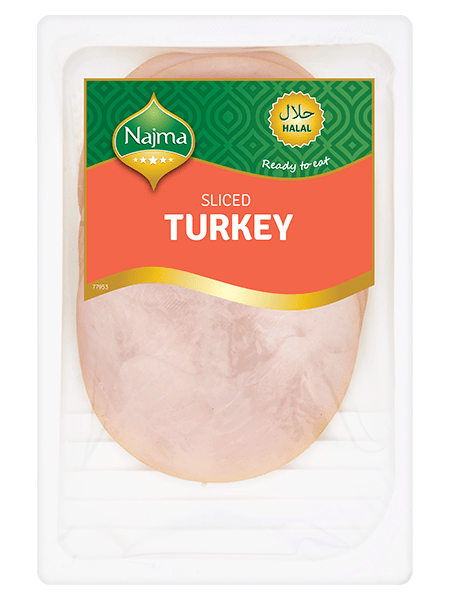What do the labels on your food really tell you?
It’s an important question if you want to maintain control over your diet. On the general level, watching what you eat can improve your health. You can ensure your body gets the nutrients it needs and that you avoid putting on weight.
For those who wish to eat halal, the issue becomes a little more complicated.
That’s why we’ve compiled this list of general tips that will help you to figure out what you’re buying.
Tip #1 – Look for the Halal Certification
There are several halal certification bodies in the UK.
If you’re looking to buy halal, you have to look for accreditation from one of these organisations on the label. It’s not enough for a product to claim that it’s halal. You want to see that those claims have been verified by an independent organisation.
So, what do you do when you spot the certification?
Again, don’t make assumptions. Use the web to conduct some research into the group to ensure they are who they say they are. If you see any red flags, it’s best to avoid that product and look for something else.
Tip #2 – Always Read the Ingredients List
This is crucial both in terms of managing what goes into your body and spotting potentially haram ingredients.
In the first case, the ingredients list will tell you things like how much sugar the food contains and the specific ingredients used to make it. You’ll generally find that processed foods have much larger ingredients lists. If there’s anything that you don’t recognise, do some research to find out what it is.
That research may save you when it comes to avoiding haram foods. Some processed foods may seem like they’re halal at first glance. However, it’s possible that an ingredient used to make the food isn’t halal.
Tip #3 – Check the Serving Amount
Many foods provide separate information for what’s inside the entire package and what you consume in a single serving.
It’s important that you recognise the difference between these two categories. Many end up putting on weight because they’re eating more than the recommended serving.
Alternatively, some mistake the serving size and think that it relates to the entire contents of the package. This could lead to you eating a larger serving inadvertently. Again, this means that you consume more calories than intended.
Tip #4 – Check the Colour Code
If you’re in a rush, you may not have the chance to dig deep into the specific makeup of a food.
That’s where the colour-coded chart on the front of the packaging comes in.
Most foods in the UK have a chart that uses a three-light system for the following categories:
- Calories
- Fat content
- Saturated fat content
- Salt
- Sugar
A red light means that the food contains a high amount of whatever category you’re looking at. A green light means that it’s generally within healthy guidelines.
The Final Word
Reading food packages and their labels will help you to manage your diet and avoid eating haram foods.
Najma Foods goes one better. We offer up all of the information that you need right on our website. Just click on a product and you’ll see all of the relevant nutritional information.











